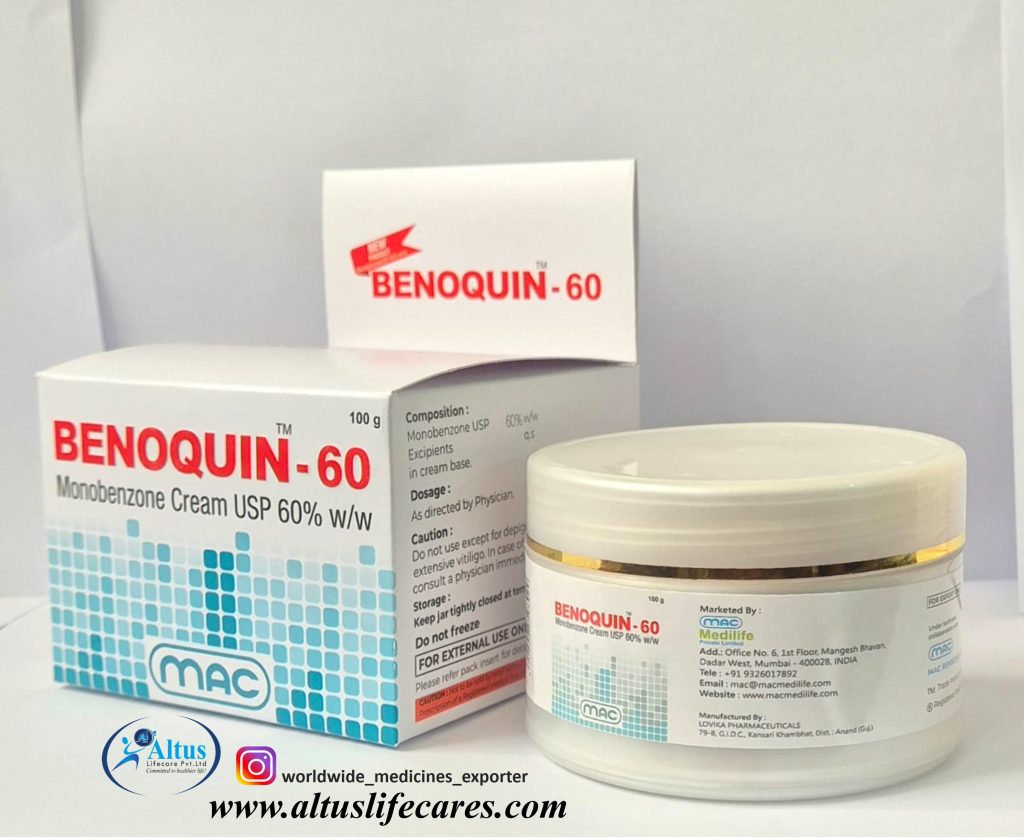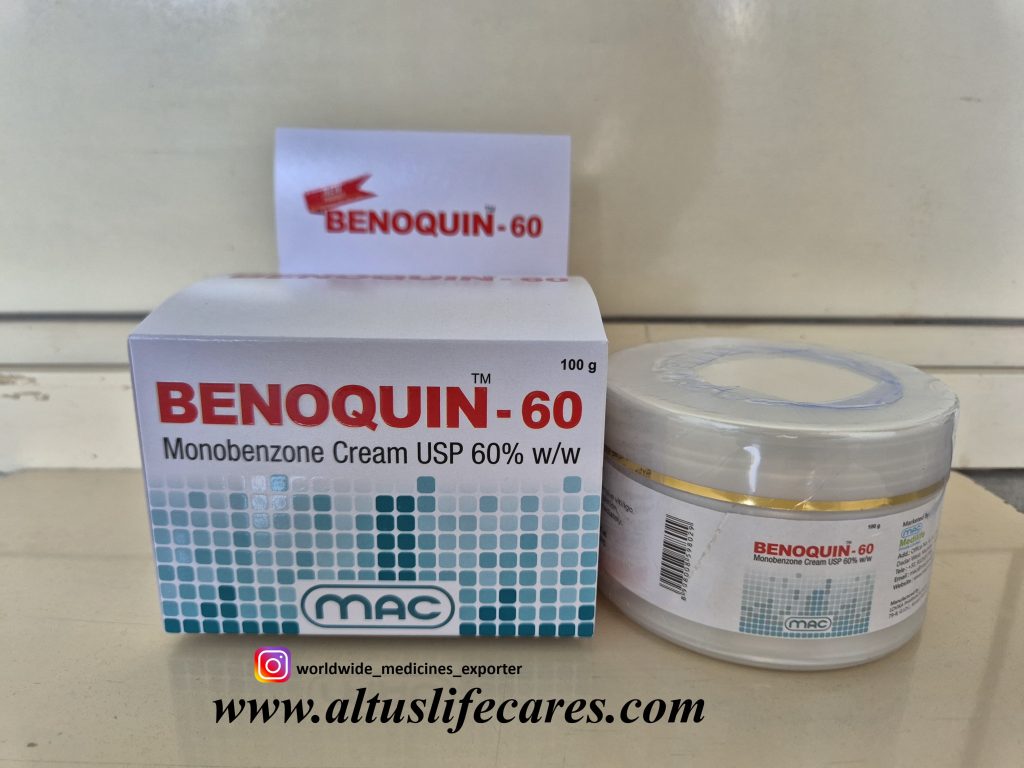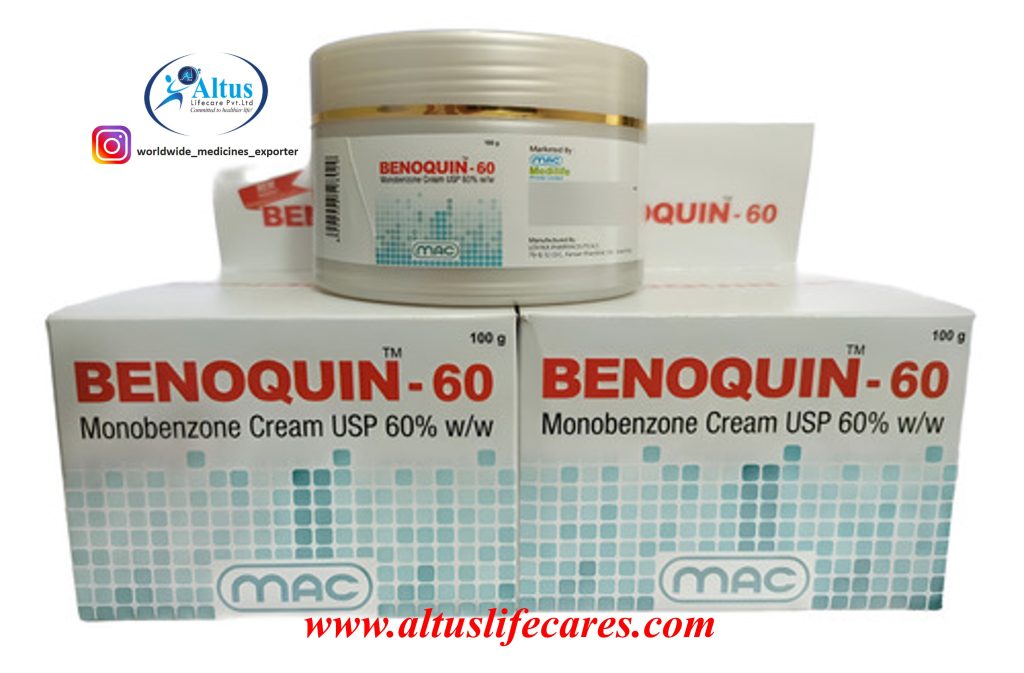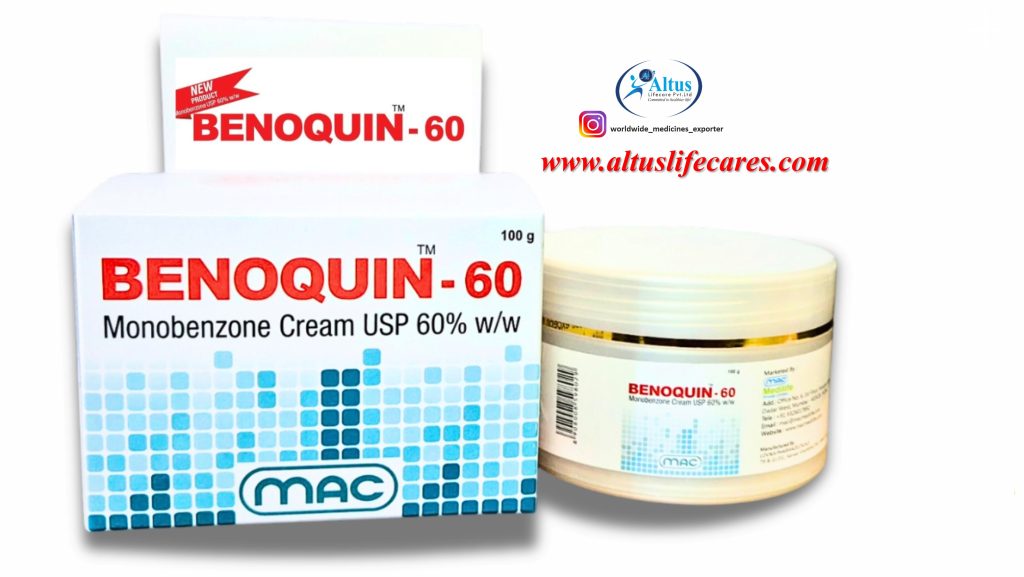Vitiligo Vanished? See How 60 Monobenzone Cream Changed Her Skin Forever!
Vitiligo Vanished? See How 60 Monobenzone Cream Changed Her Skin Forever!
Blog Article
Vitiligo Vanished? See How 60 Monobenzone Cream Changed Her Skin Forever!
Quick Summary
Benoquin 60% has become one of the most talked-about depigmentation creams in the skincare world. Touted as a revolutionary solution for those battling widespread vitiligo, this potent formulation is helping countless users achieve an even, depigmented skin tone. In this review, we follow the journey of one woman whose transformation with Benoquin 60% sparked curiosity, hope, and a surge of testimonials from others with similar skin conditions. If you or someone you know is seeking an effective solution to achieve a uniform skin tone due to vitiligo, this might be the game-changer you've been waiting for.
From the science behind 60 Monobenzone Cream Benoquin to user experiences and tips for safe application, we delve into every aspect of this powerful cream. With positive feedback growing across the globe and dermatologists taking a second look, Benoquin 60% might just be the miracle product many have hoped for. Keep reading for a detailed, personal, and professional breakdown of how Benoquin 60% works, what results to expect, and whether it could be right for you.

- What is Vitiligo?
- Understanding Benoquin 60%
- How Benoquin Works on Vitiligo-Affected Skin
- Application and Usage Guide
- Ingredients and How They Help
- Dermatologist Insights
- Results Timeline: What to Expect
- Common Side Effects and How to Avoid Them
- Benoquin vs. Other Treatments
- Tips for Maximizing Results
- Where to Buy Authentic Benoquin 60%
- Final Thoughts: Why We Believe in Benoquin
- Frequently Asked Questions (FAQs)
1. What is Vitiligo?
Vitiligo is a chronic skin condition characterized by the loss of pigment, resulting in white patches appearing on various parts of the body. This occurs when melanocytes, the cells responsible for producing melanin (skin pigment), are destroyed or stop functioning. Although vitiligo is not physically harmful or contagious, it can cause emotional and psychological distress, especially when affecting visible areas like the face, hands, and arms.
Vitiligo can be localized or generalized, stable or progressive. While its exact cause remains unclear, researchers believe it may be linked to autoimmune responses, genetic predispositions, or environmental triggers. Though there is currently no definitive cure for vitiligo, treatments like Benoquin offer new hope by aiming to unify skin tone through depigmentation.
2. Understanding Benoquin 60%
Benoquin 60% is a high-strength version of monobenzone, a topical depigmenting agent formulated for patients with extensive vitiligo. The main ingredient, monobenzone, works by permanently removing the remaining pigment from the skin, helping users achieve a consistent tone across all affected and unaffected areas.
Manufactured for dermatological use, Benoquin 60% has quickly gained popularity due to its powerful results and visible transformation within weeks to months. Unlike many over-the-counter creams that merely conceal patches temporarily, Benoquin targets the root issue: melanin production.
This prescription-strength cream is especially recommended for individuals with widespread vitiligo where repigmentation is not feasible or desired. Its potency demands responsible usage, but when applied correctly, Benoquin 60% has the potential to bring life-changing improvements.
3. How Benoquin Works on Vitiligo-Affected Skin
Monobenzone, the active ingredient in Benoquin 60%, causes irreversible depigmentation by breaking down melanin in the skin. It selectively affects melanocytes, leading to a gradual fading of pigmented skin and eventually resulting in a uniform white tone.
This mechanism is particularly beneficial for individuals with generalized vitiligo where large portions of the body are already devoid of pigment. By eliminating the remaining spots of color, Benoquin restores symmetry to the skin’s appearance. Unlike traditional treatments aiming to restore pigment, this approach embraces depigmentation as a valid and often preferred outcome.
Regular use of Benoquin 60%, under proper dermatological supervision, ensures that the process is even and consistent. As the treatment progresses, users often report not only physical improvement but also a renewed sense of confidence.

booster, and a symbol of self-acceptance.
5. Application and Usage Guide
Using Benoquin 60% correctly is crucial to ensuring safe and effective results. Here’s a step-by-step guide to help users get the most out of their treatment:
- Clean the Skin: Wash the area with a gentle cleanser and pat it dry.
- Apply Sparingly: Use a pea-sized amount and gently spread it over the pigmented areas.
- Frequency: Start with once a day and gradually increase to twice daily, depending on tolerance.
- Avoid Sun Exposure: Use sunscreen or wear protective clothing to avoid irritation or uneven results.
- Monitor Progress: Keep a photo log and consult your dermatologist regularly.
It’s essential to follow professional medical advice and not rush the process. Overuse can lead to irritation or blotchy results, while underuse may slow down the expected transformation.
6. Ingredients and How They Help
- Monobenzone (60%): The core active agent that breaks down melanin in the skin. Its high concentration ensures rapid and lasting depigmentation.
- Emollients: These soothe the skin during treatment and help reduce irritation.
- Stabilizers: Ensure the formula remains effective over time.
This carefully crafted formulation is designed for maximum efficacy, with each component supporting the main depigmenting action.
7. Dermatologist Insights
Many dermatologists are recognizing the benefits of depigmentation therapy using monobenzone-based products like Benoquin 60%. Dr. L. Ramirez, a board-certified dermatologist, notes: “For patients with extensive vitiligo, depigmentation can offer an empowering solution. When used responsibly, Benoquin 60% provides consistent and predictable outcomes.”
It’s always recommended to work with a medical professional when beginning treatment. A dermatologist can help assess skin readiness, monitor side effects, and suggest supportive care options to ensure skin health throughout the process.

Here’s a general timeline based on user experiences:
- Week 1–2: Slight redness or tingling as skin adjusts.
- Week 3–4: Fading of pigmented spots begins.
- Month 2–3: Noticeable lightening and blending of skin tone.
- Month 4+: Near-complete or complete depigmentation depending on individual response.
Results vary by skin type, extent of pigmentation, and application consistency. Users are encouraged to stay patient and committed.
9. Common Side Effects and How to Avoid Them
While most users experience positive outcomes, some may notice:
- Dryness or peeling: Use a non-comedogenic moisturizer.
- Redness or irritation: Reduce frequency and consult a dermatologist.
- Uneven tone: Ensure even application and sun protection.
Avoid applying near sensitive areas such as eyes, mouth, or broken skin. Always patch test before full use.
10. Benoquin vs. Other Treatments
| Feature | Benoquin 60% | Phototherapy | Topical Steroids |
| Goal | Full depigmentation | Repigmentation | Temporary pigment increase |
| Duration | Months | Ongoing | Varies |
| Effectiveness | High (if applicable) | Moderate | Temporary |
| Cost | Moderate | High (long term) | Varies |
11. Tips for Maximizing Results
- Stick to the Routine: Consistency is key.
- Protect Your Skin: Sunblock is essential.
- Stay Hydrated: Moisturized skin heals better.
- Keep a Journal: Track your progress.
- Talk to a Professional: Regular check-ins make a difference.
Little habits can yield significant improvements over time. Those who follow through often report better and faster results.
12. Where to Buy Authentic Benoquin 60%
Always purchase from reputable sources. Here are a few options:
- Licensed Dermatology Clinics
- Online Pharmacies with Verified Reviews
- Doctor Recommendations and Referrals
Avoid unauthorized sellers or extremely discounted options that may carry copyright products. Your skin deserves the best, and authenticity ensures safety.
13. Final Thoughts: Why We Believe in Benoquin
Benoquin 60% is not just another cream on the market—it’s a lifeline for many living with vitiligo. With its powerful formulation, strong testimonials, and medical backing, it brings real hope to those seeking full depigmentation. It empowers individuals to take control of their skin journey and embrace their appearance with confidence.
Sarah’s story and countless others prove that with the right product and mindset, transformation is not just possible—it’s attainable. Benoquin 60% may be the answer you’ve been looking for.
Frequently Asked Questions (FAQs)
Q1: Is Benoquin 60% safe for all skin types? A1: While generally safe for widespread vitiligo, it’s best to consult a dermatologist to ensure suitability for your skin type.
Q2: How long does it take to see results? A2: Most users begin to see changes within 3–4 weeks, with more significant results by month 3.
Q3: Can Benoquin be used on the face? A3: Yes, but with extreme caution. Avoid sensitive areas and consult your doctor first.
Q4: Is the depigmentation permanent? A4: Yes, monobenzone causes irreversible depigmentation.
Q5: What if I stop using Benoquin mid-treatment? A5: Partial results may remain, but unevenness can return. Consistency is key for uniform tone.
Q6: Can I wear makeup during treatment? A6: Yes, as long as it’s non-irritating and non-comedogenic.
Q7: Where can I find user reviews and before-after photos? A7: Reputable online forums, dermatologist websites, and verified pharmacies often feature testimonials.
Buy Online from: Buy Benoquin Cream 60% - Altus Lifecare Pvt Ltd
